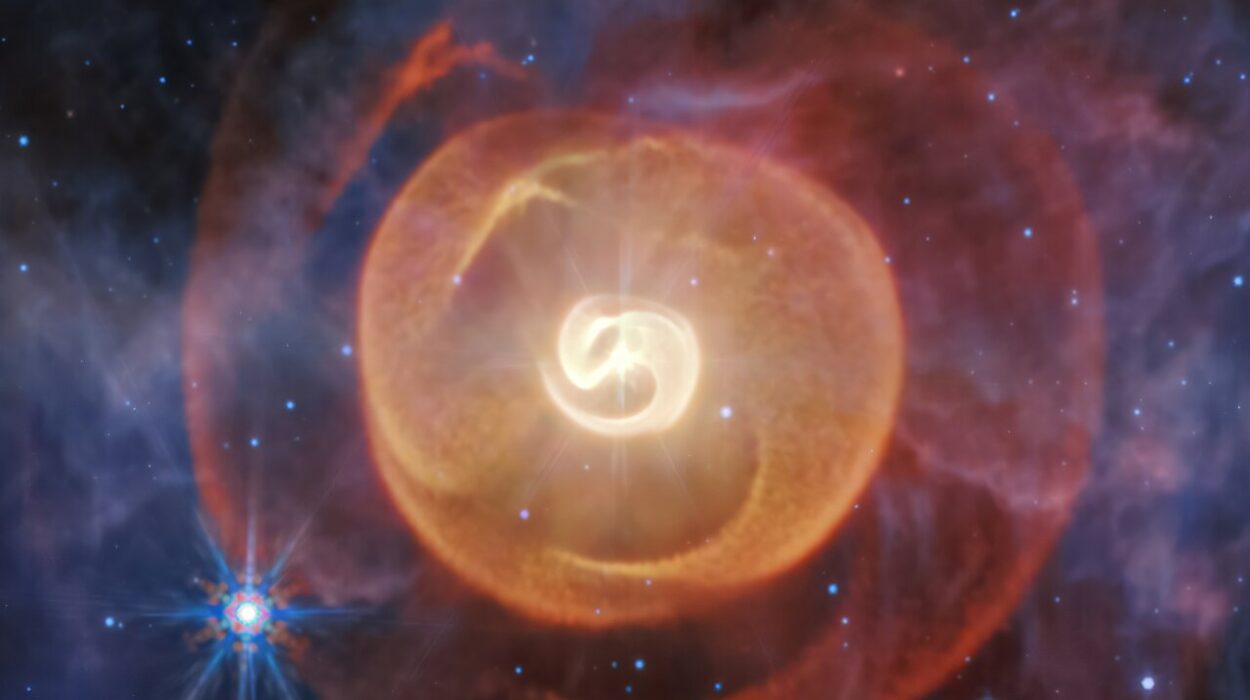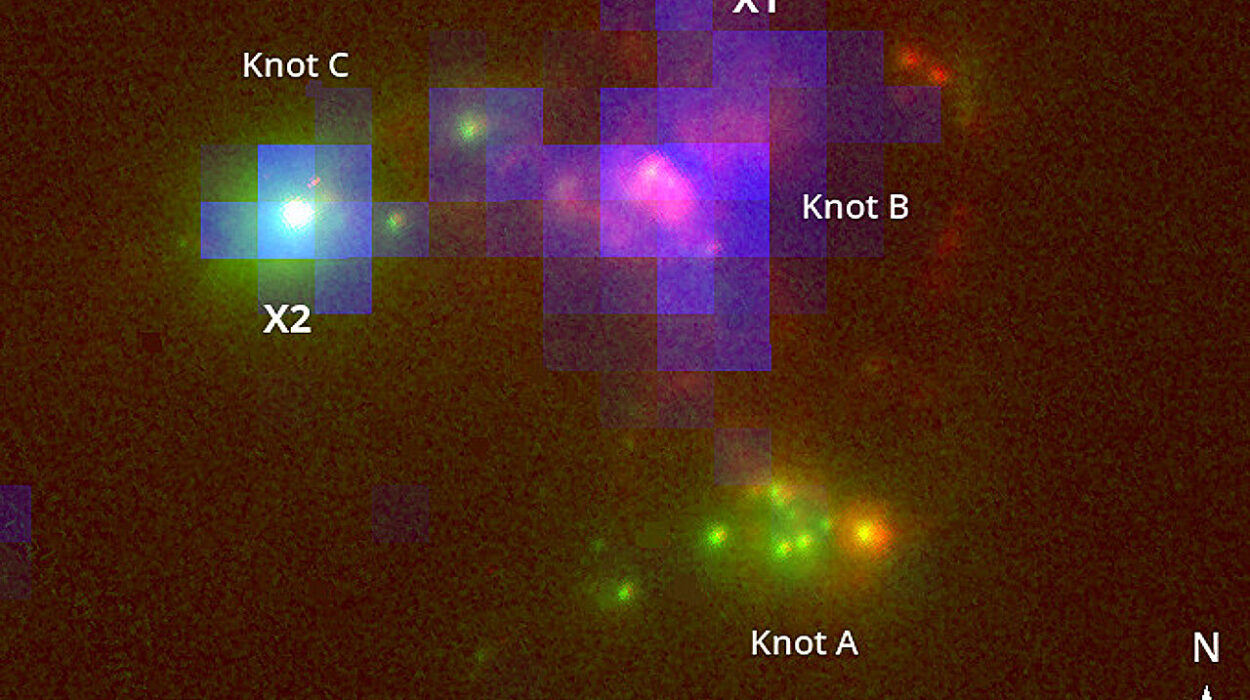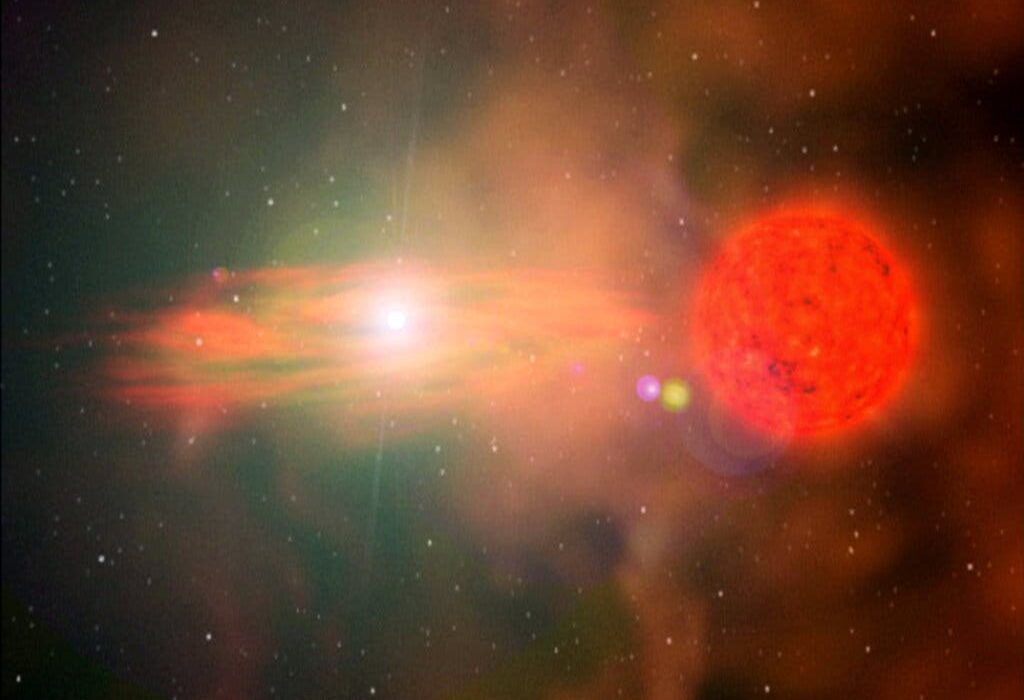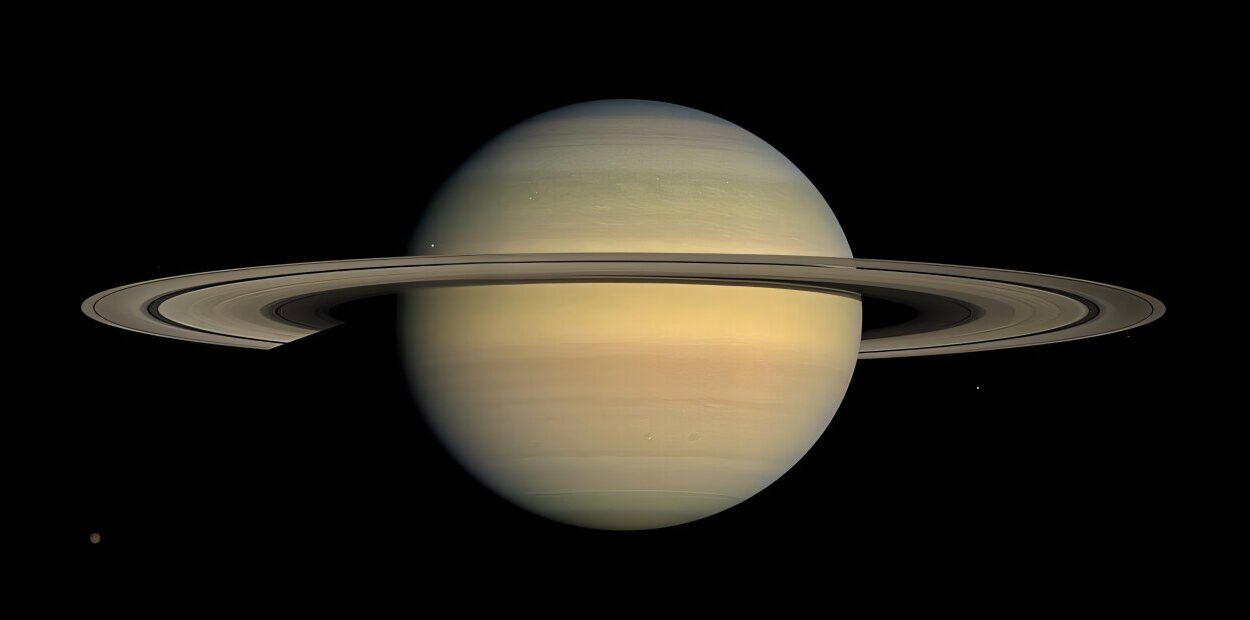In the earliest chapters of our universe—just a few hundred million years after the Big Bang—galaxies had already begun to swirl with stars, gas, and something far stranger: supermassive black holes weighing billions of times more than our sun. These monsters were already lurking at the centers of young galaxies, devouring matter and shaping the cosmos. But how did they grow so massive, so quickly?
It’s one of the greatest puzzles in modern astronomy. The traditional explanation—that they formed from the remnants of dead stars and grew slowly by feeding on surrounding matter—doesn’t work on such short cosmic timescales. There simply wasn’t enough time for stellar-mass black holes to bulk up to billions of solar masses.
Now, a new study may have cracked the case—not by looking at what these black holes became, but by catching them in the moment of becoming. Scientists Yang Luo and Isaac Shlosman have proposed a groundbreaking way to detect supermassive black holes while they are forming, a discovery that could transform our understanding of cosmic evolution.
The Secret Path: Skipping Stars Entirely
The key to this cosmic mystery lies in an exotic theory called “direct collapse.” Unlike the conventional path—where a massive star dies and leaves behind a small black hole seed—this theory suggests something far more dramatic: primordial clouds of gas collapsing directly into black holes, skipping the star-forming phase altogether.
Imagine a cloud of hydrogen, millions of times the mass of our sun, floating silently through the early universe. If this cloud remains hot enough—about 10,000 Kelvin—it avoids breaking into stars. Instead, under the relentless pull of gravity, the entire cloud begins to shrink, faster and faster, until it becomes a dense, dark seed: the birth of a supermassive black hole.
The idea of direct collapse has tantalized scientists for years. But without a way to observe it, it remained theoretical—a beautiful possibility, unproven and unreachable.
That may be about to change.
A Light in the Darkness
As these massive gas clouds collapse, they heat up. And hot hydrogen gas emits a very special kind of light: Lyman-alpha radiation. This ultraviolet glow acts like a cosmic exhaust, a way for the collapsing cloud to shed energy and cool down, allowing it to shrink even further.
But there’s a catch. Previous models assumed the collapse was spherical, meaning the light would get trapped inside, absorbed or destroyed before it ever reached space.
Luo and Shlosman’s new work flips that assumption on its head. Using advanced simulations, they modeled a more realistic scenario—a collapsing gas cloud with angular momentum, meaning it spins. As it spins, it flattens into a disk with outflow channels above and below, like a spinning top ejecting jets of gas from its poles. Through these bi-conical funnels, they found, Lyman-alpha light can escape.
And not just a little.
Their simulations show that more than 95% of the Lyman-alpha photons can leak out into the universe—meaning that, for the first time, we may have a way to see these invisible giants during their dramatic formation.
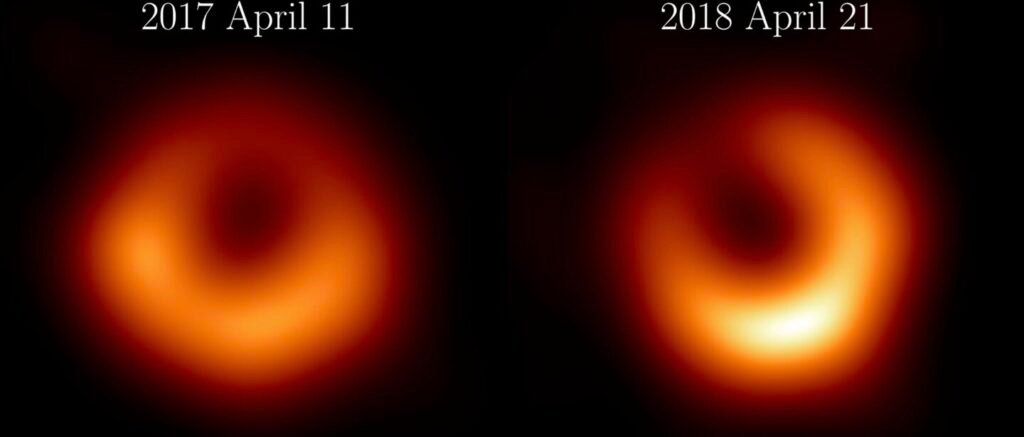
The Cosmic Telescope That Could See It All
This isn’t just theoretical optimism. The researchers believe that the James Webb Space Telescope (JWST)—humanity’s most powerful eye on the universe—could actually detect this signal.
Using its NIRSpec instrument in multi-object spectroscopic mode, JWST would need only about 10,000 seconds of observation time—just under three hours—to catch a direct collapse object at a redshift of 10. That’s looking back over 13 billion years into the cosmic past, when the universe was still an infant.
And the signature JWST would be looking for is unmistakable: a highly asymmetric Lyman-alpha spectral line, with a stretched red tail unlike anything seen in normal galaxies or active black holes. In other words, a unique fingerprint of a black hole being born.
A Narrow Window Into a Violent Birth
But this opportunity won’t last forever. The direct collapse process, according to Luo and Shlosman, happens quickly—in astronomical terms. The Lyman-alpha glow appears during a brief window, just before the central mass becomes a true black hole.
Once the black hole forms and begins pulling in surrounding matter at high speeds, it’s no longer a hidden embryo—it becomes a full-blown quasar, a cosmic lighthouse so bright it outshines its own galaxy. At that point, the distinctive Lyman-alpha emission vanishes under the flood of other radiation.
That means scientists must catch the process in the act, scanning the skies for rare and fleeting signals from a time when darkness was still taking shape.
A Glimpse Into the Primordial Universe
Detecting one of these objects would be more than a scientific milestone. It would offer a direct look into the conditions of the early universe, before metals, stars, or galaxies shaped the structure of space. These pre-supermassive black hole objects are metal-free, untouched by previous generations of stars. They are truly primordial—cosmic fossils from the universe’s wild childhood.
And perhaps more importantly, they offer a plausible explanation for one of the biggest puzzles in astronomy. If supermassive black holes started as these intermediate-mass seeds, weighing hundreds of thousands or even millions of solar masses, their rapid growth into the monsters we observe today becomes not just possible—but inevitable.
A Future Written in Light
For decades, scientists have struggled to explain how black holes could grow so large, so fast. Now, thanks to the work of Luo and Shlosman, we may have a tool to find the answer—not by studying ancient ruins, but by watching cosmic giants being born in real time.
The night sky has always held mysteries. But some of its deepest secrets aren’t hidden in darkness—they’re written in light. The Lyman-alpha signal may be the key we’ve been waiting for: a soft ultraviolet whisper from the early universe, echoing across billions of years, finally ready to be heard.
And when we hear it, we won’t just be discovering how black holes formed. We’ll be witnessing the universe discovering itself.
Reference: Yang Luo et al, Direct Collapse pre-SMBH Objects as Lyα Emitters, arXiv (2025). DOI: 10.48550/arxiv.2506.18993

